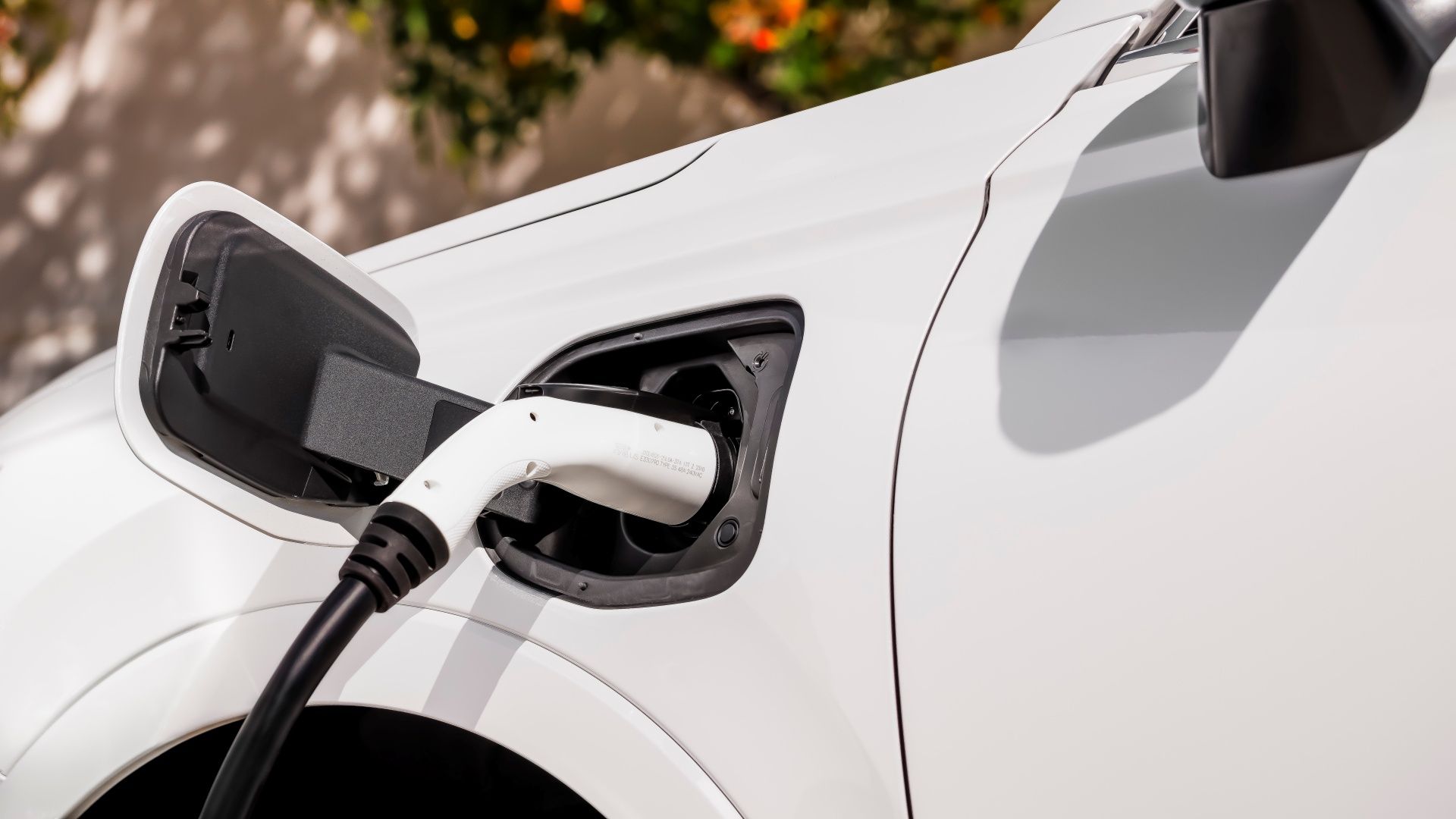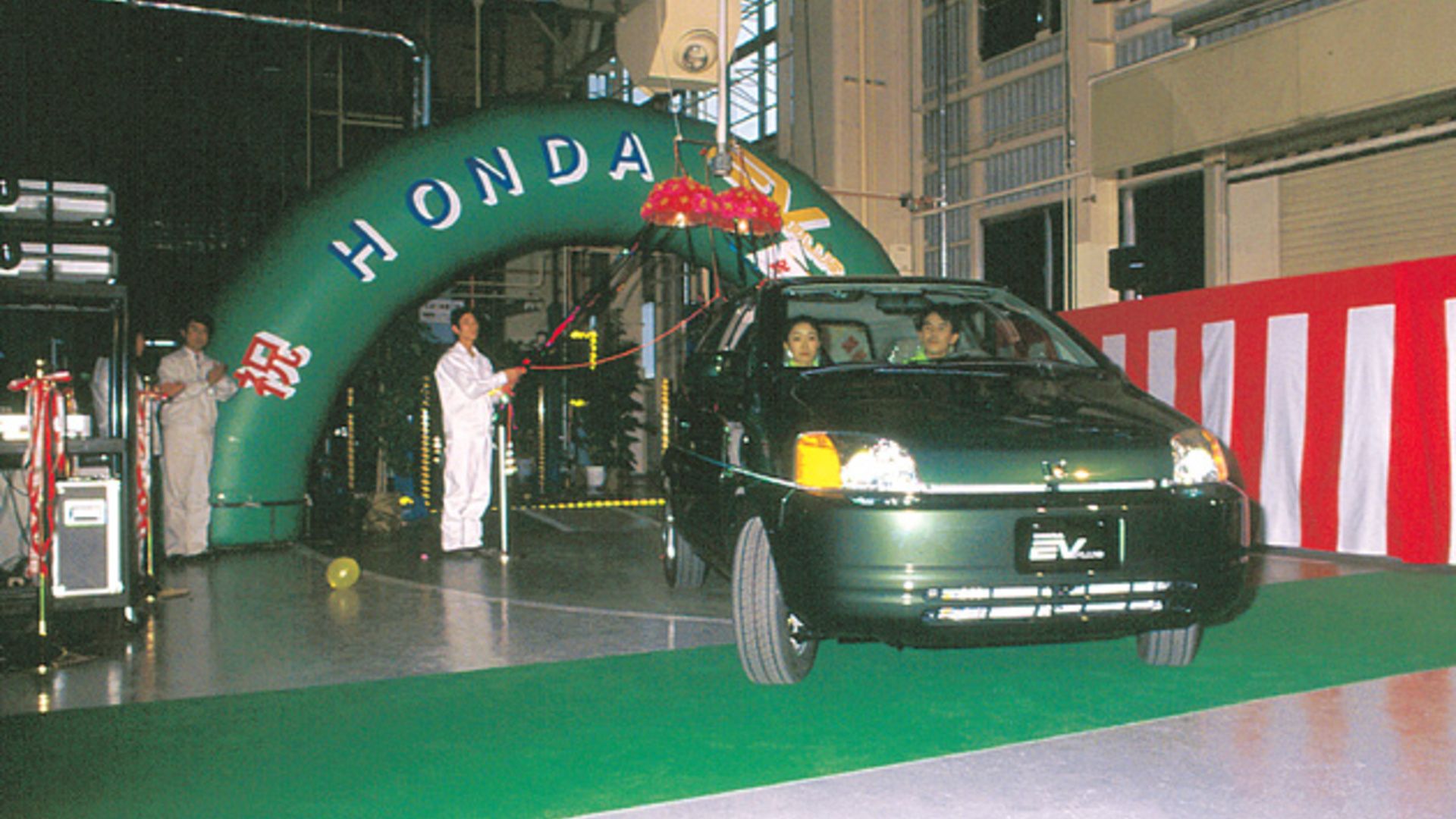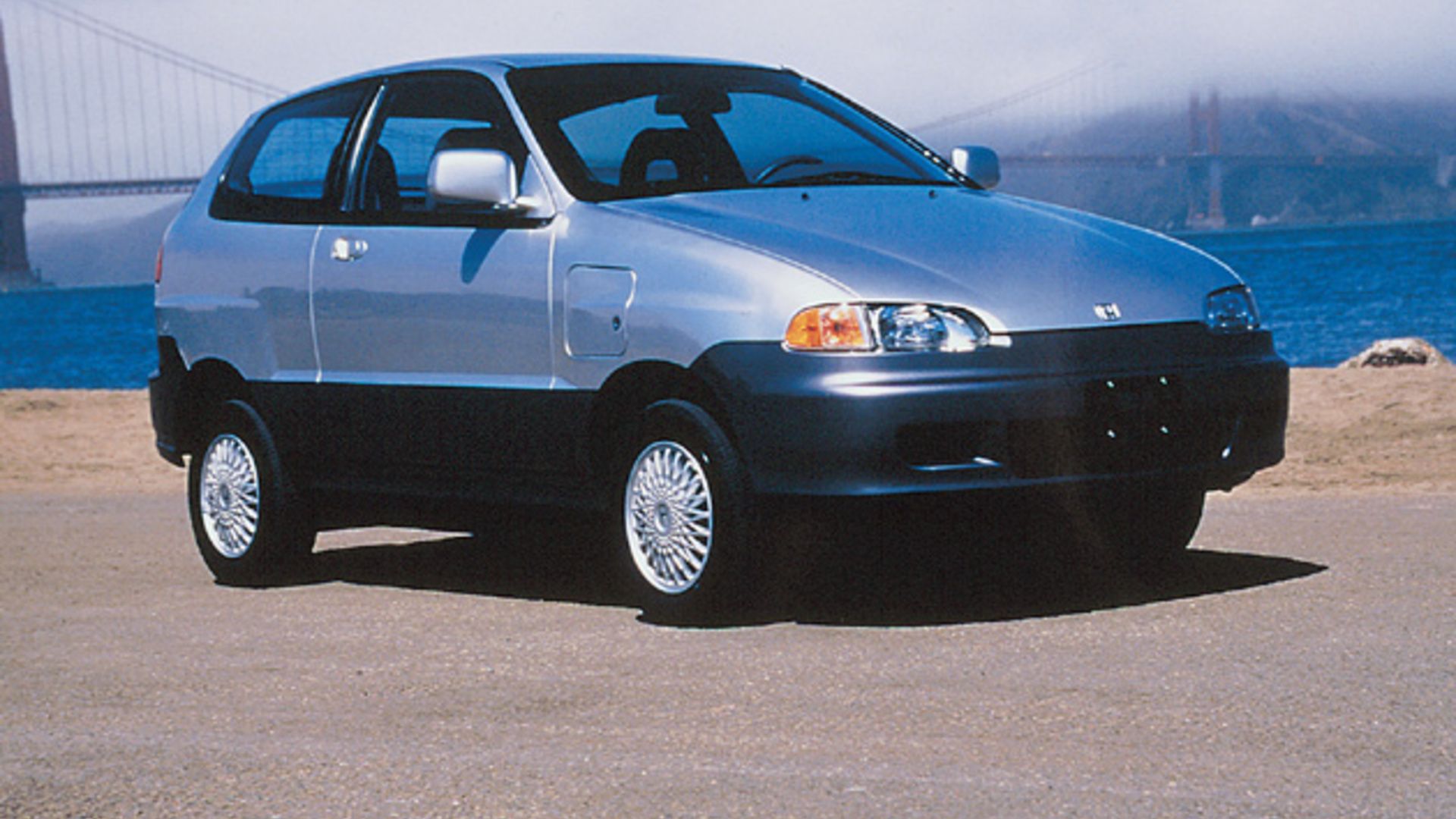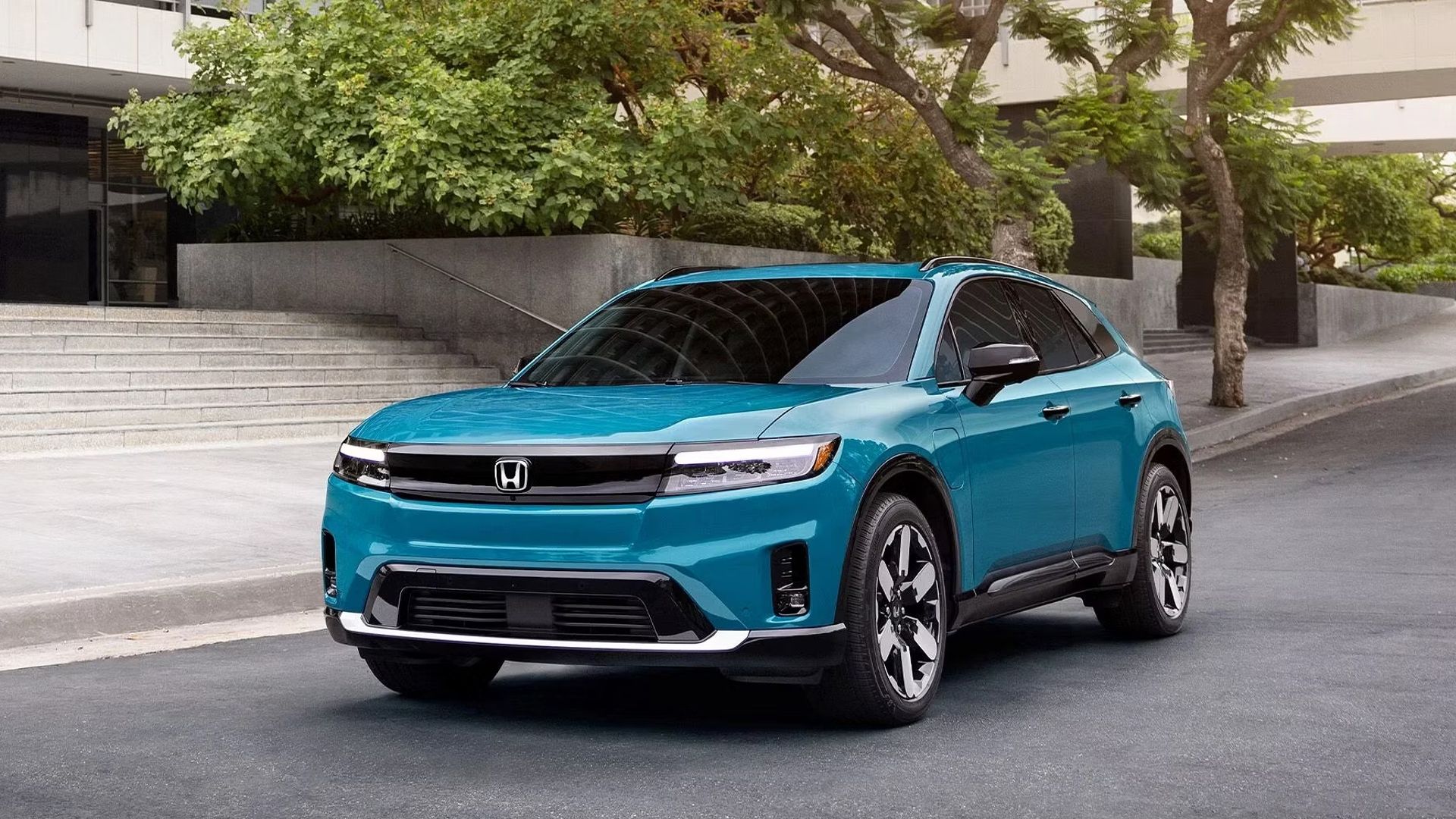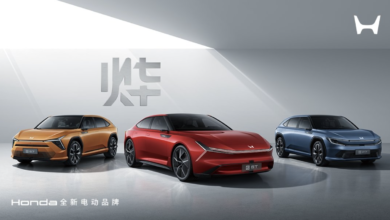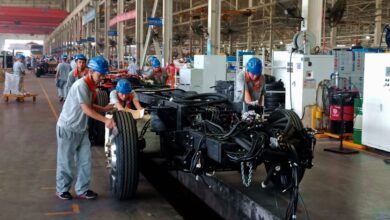Story Of The Honda EV Plus And How It Led To The First All-Electric Honda Type R
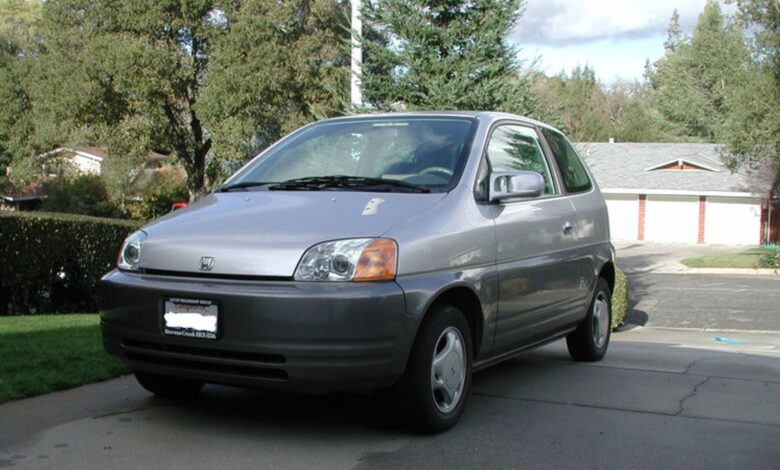
In the late 80s, Honda realized that gas-powered cars wouldn’t be around forever after witnessing the success of the General Motors Sunraycer at the inaugural World Solar Challenge race. Encouraged by GM’s success with its solar racer, Honda started its journey on a program to introduce a practical EV to the market that could be powered via stand-alone solar systems. Honda was the last Japanese carmaker to start working towards producing an electric vehicle but ended up releasing its first attempt in 1997.
Google News
Add TopSpeed to your Google News feed.
As you can imagine, the timeline of moving a vehicle from a basic idea into sheet metal, batteries, and the final production line is challenging, but in addition to new advancements and innovation, it’s a cornerstone for modern EVs and all-electric concepts, such as an all-electric Type R. Fortunately, Honda documented this process in its entirety, saving it all for posterity’s sake. So, for the die-hard Honda EV fan, we’ve collected the most essential details of this journey for you to see for yourself.
In order to give you the most up-to-date and accurate information possible, the data used to compile this article was sourced from Honda
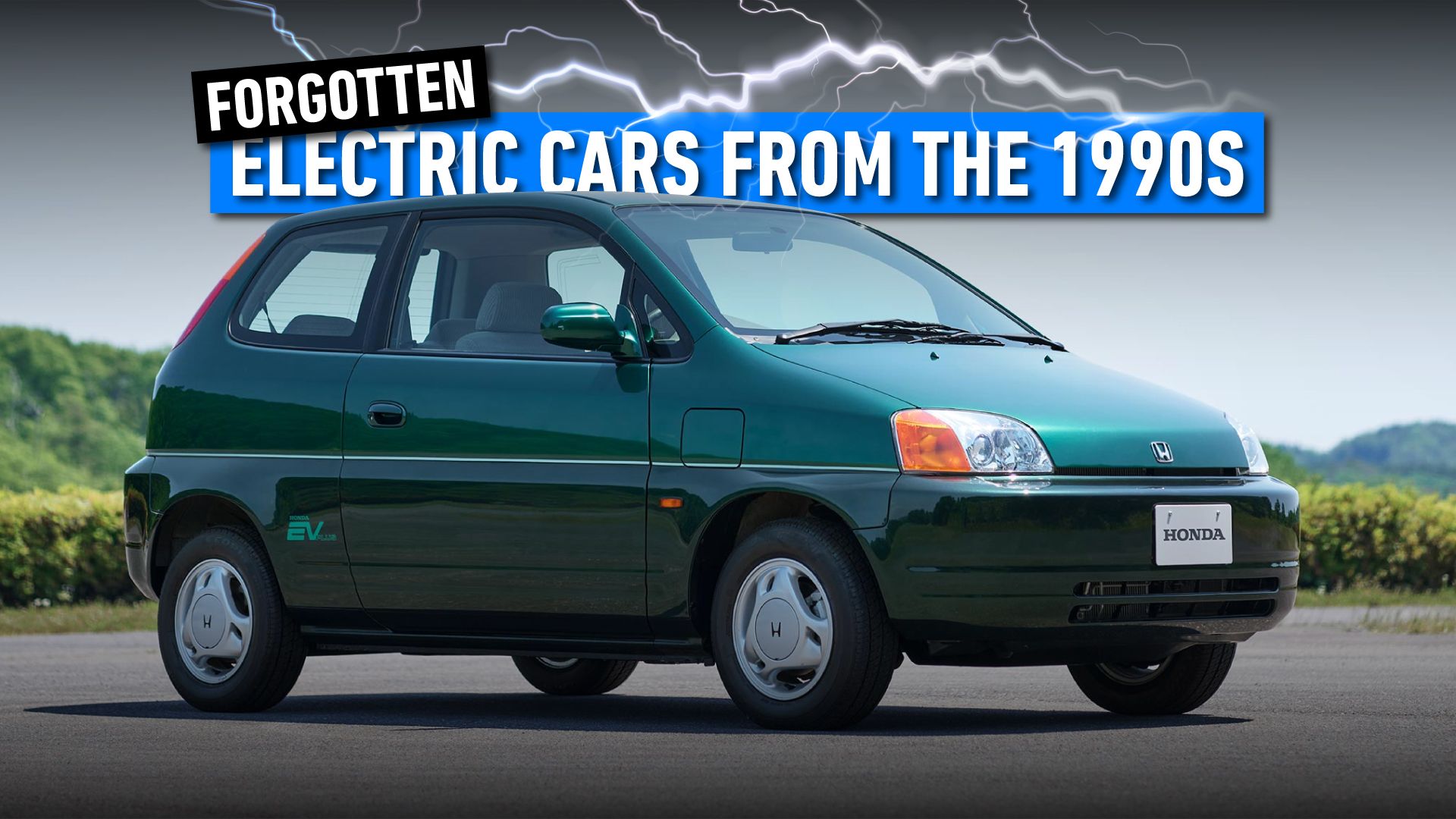
10 Electric Cars From The 1990s You’ve Probably Forgotten About
EVs may have picked up steam in the last decade or so, but they have been around for long. Here are 10 EVs from the ’90s you may not remember.
Early Challenges And Goals In Developing EVs
Honda started developing an EV in April 1988 with the intent to meet future stringent emissions standards. The carmaker’s first electric vehicle team was made up of only four people at the time. They discovered some early obstacles during the beginning stages of the development process. Powerful or efficient electric traction motors were too big to fit, had low energy storage density via existing lead-acid technology, and the time needed to recharge was too inconvenient.
Along with technical challenges, California issued a Zero Emission Vehicle (ZEV) mandate in late 1990, meaning that car manufacturers needed to sell two-percent of total sales as ZEVs, which was to start in 1998. Keeping this in mind, Honda devoted around 100 employees to start its full-scale electric vehicle development in early 1991.
Development Of EV Battery Systems
The team at Honda had no experience in EV technology and doubted that batteries could provide the necessary power to give owners a decent range when driving. During early driving tests, Honda discovered that early prototypes’ lead-acid batteries would deteriorate fast when left in the summer heat for a couple of weeks. These details helped the company determine that there was a need to switch batteries with a stress-resistant, nickel-metal hydride (Ni-MH) battery system, which was significantly advanced for the time. This Ni-MH batter was being co-created with an electrical manufacturer.
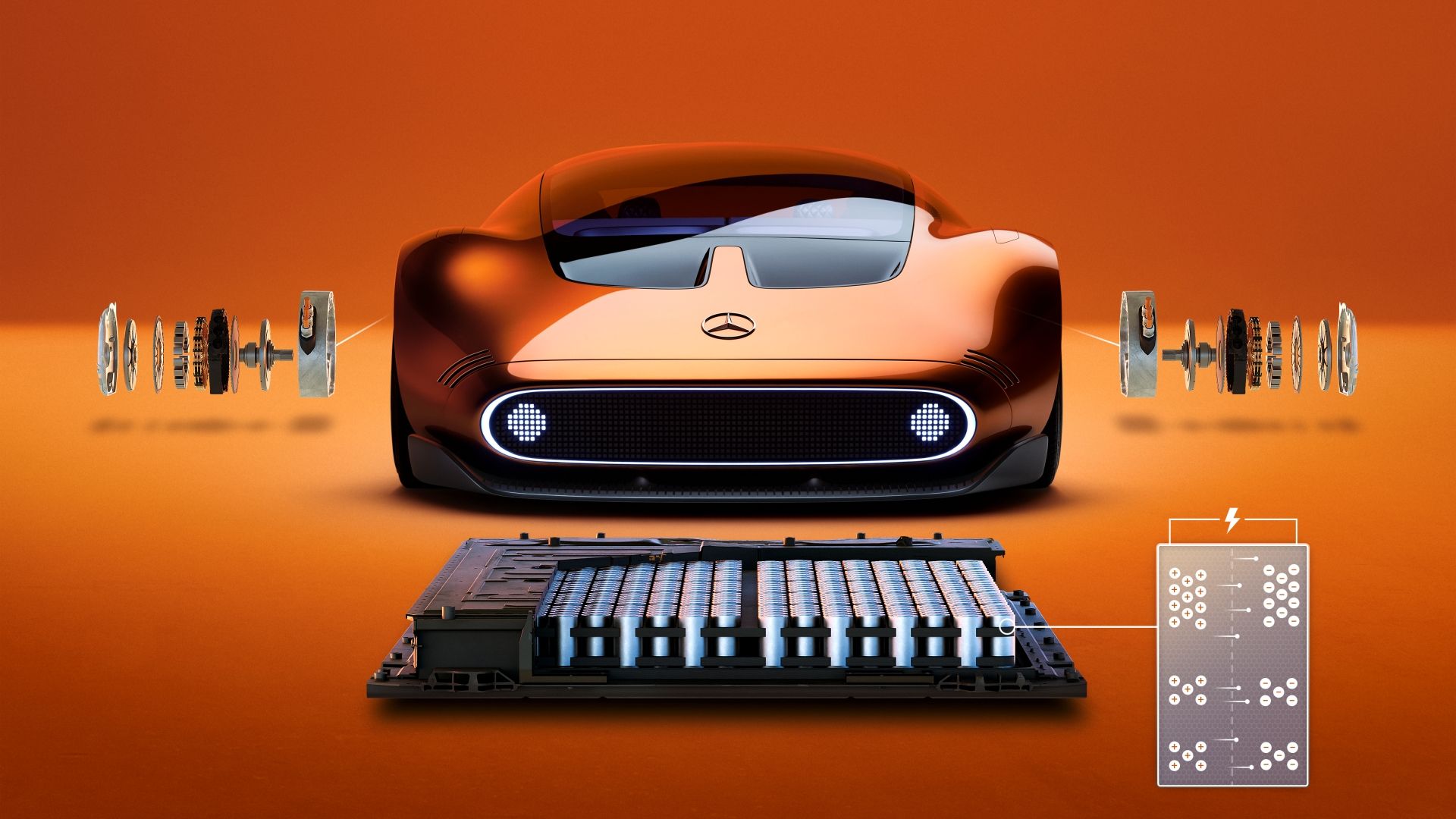
The Different Type Of Electric Car Batteries Explained
From lithium-ion lightning to solid-state serenity, electric car batteries power a silent revolution.
Mastering Key EV Technology
The significant amount of research done by the Research and Development team at Honda focused on two main components: batteries and motors. Several research managers within the Honda R&D Center held a meeting where they debated the types of research they need to conduct for the coming 21st century. This was a critical meeting because their target was to be an age of clean energy. They knew they were working in advance of the time when the world’s petroleum reserves would run out, and everyone in attendance at this meeting needed to share this sentiment.
During the meeting, the team also discussed several challenges. However, everyone involved was mindful of the fact that EVs required fewer parts than gas-powered vehicles. This prompted them to look at the possibility of their EVs being easily manufactured anywhere worldwide. They finalized this meeting by reconfirming the necessity of enhancing EV technology and dedicating future product developments to environmental protection – and the most likely candidate for alternative power was electric vehicle technology.
Evolution Of Battery Technology
The engineers on the team were determined to create an efficient battery that was also small enough to be effectively used in a car. During this time, electric operations were associated with golf carts and amusement park rides, and it took many hours to recharge a battery. This made it a hassle to use these technologies in other applications.
During its collaboration with battery manufacturers, Honda’s Ni-MH battery format later became an industry standard around the globe. When taking up the challenge of developing an EV, Honda considered participating in the World Solar Challenge race because they knew a race would provide the harsh conditions necessary to produce their battery technology faster.
3:23
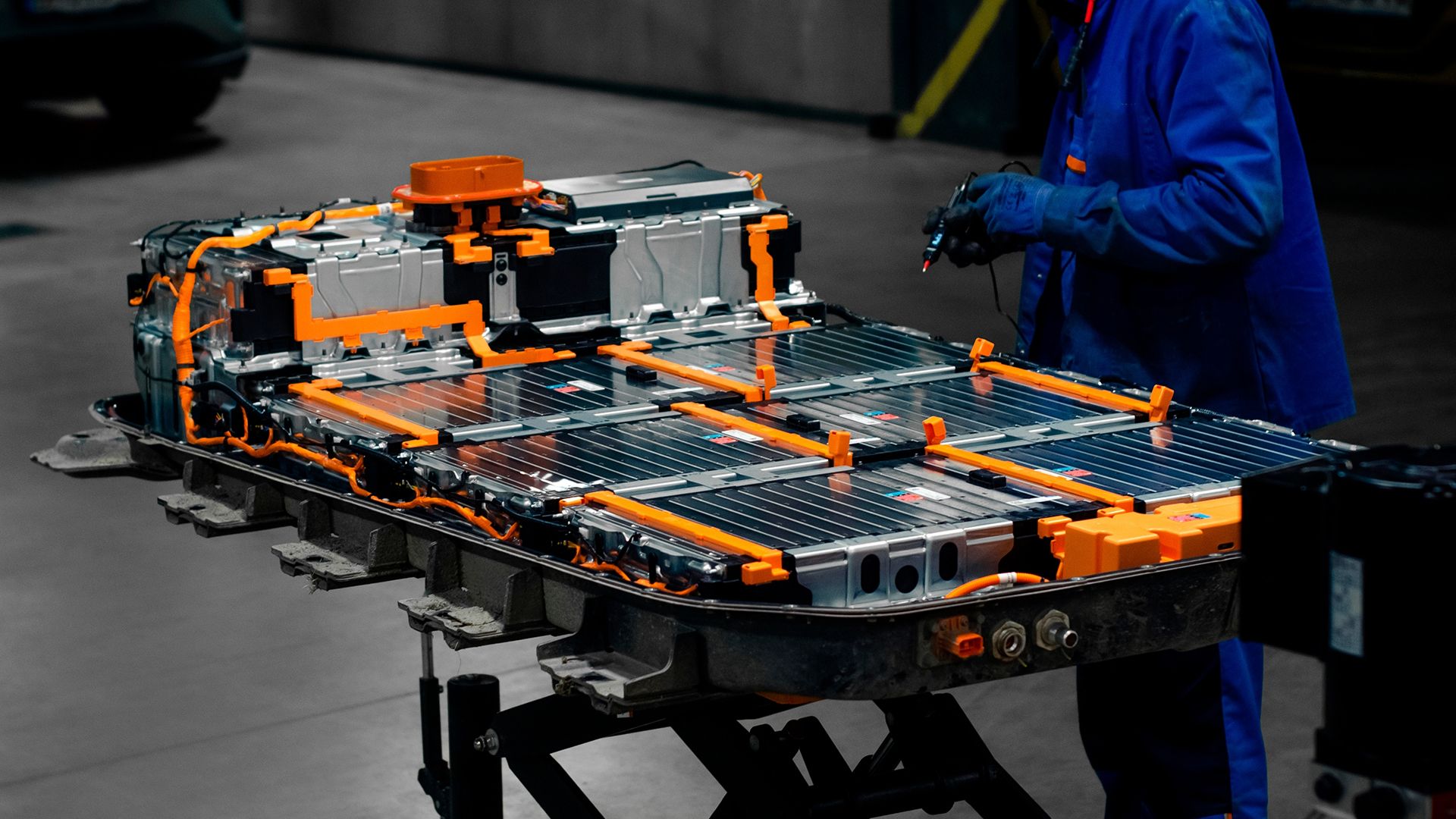
10 Battery Technologies Currently In Development
Battery tech is a critical section of electric vehicles today, and the continuous evolution of batteries will continue to transform the industry.
Unconventional Choice Of DC Brushless Motor
Honda’s decision to use a DC brushless motor in the EV Plus was met with skepticism at first because it was rarely used in large motor applications. However, the commercially available motor options at the time weren’t efficient enough. However, Honda’s engineering team was driven by several simulations and performance tests, which led to their choosing this motor type.
By June 1992, Honda started working to develop a purpose-built DC brushless motor prototype. After various testing scenarios, the choice of using the DC brushless motor was proved successful. These results also set a new motor technology benchmark that influenced the competition to adopt similar technologies in its EVs.
Intensive Efforts to Increase Motor Efficiency
At the time, there wasn’t any motor in an electric vehicle that was in any way the same as the ones found in conventional cars. There was no motor that was compact enough with enough output or efficiency to be put into an electric vehicle. Improving the DC brushless motor’s efficiency was a challenging task that involved countless testing hours, modifications, and real-world trials. Honda’s commitment to this process showed the world its dedication to innovation. In the end, the carmaker developed a motor that exceeded initial expectations and contributed to the overall efficiency and performance of Honda’s EVs.
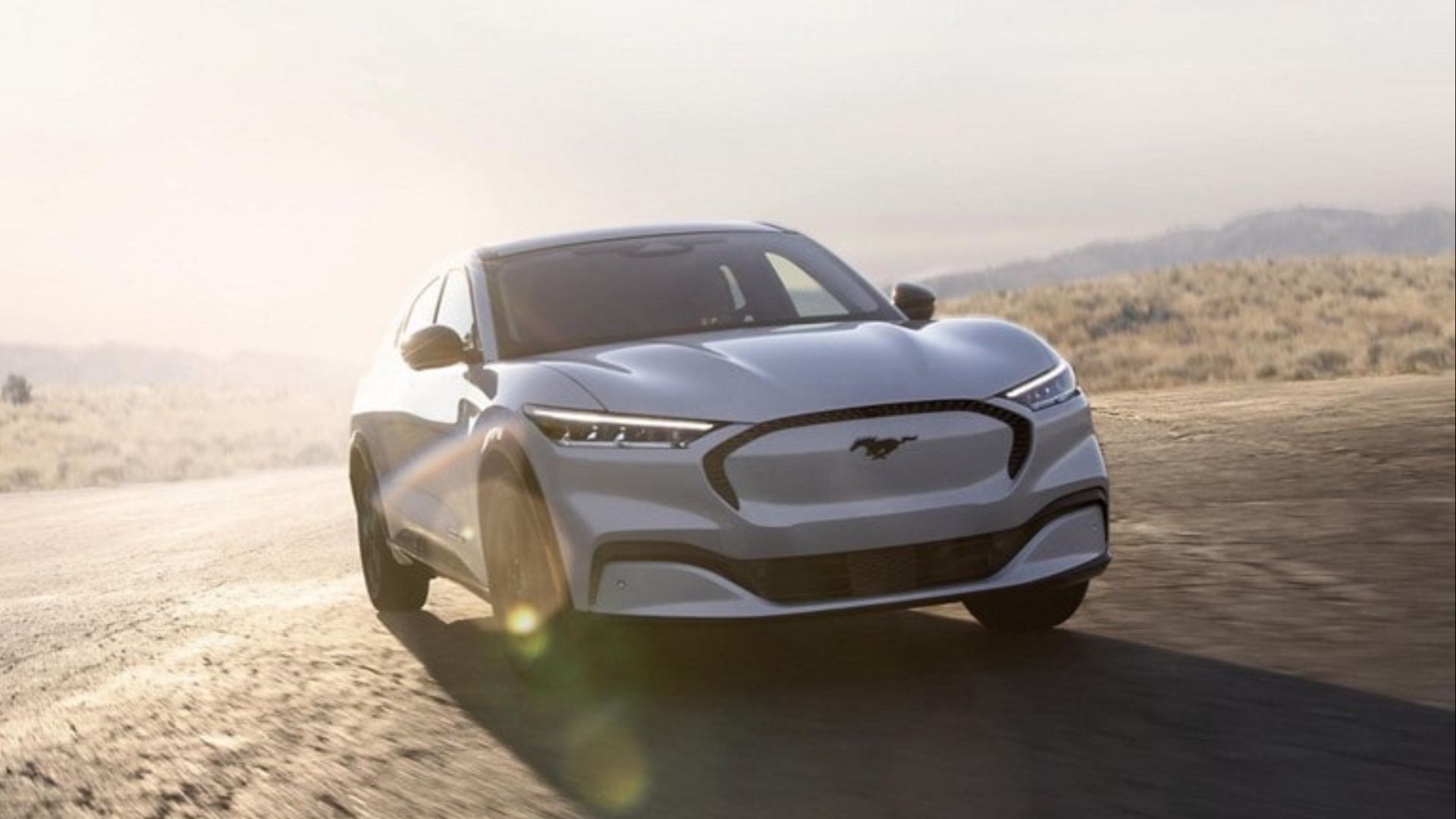
The Three Different Types Of Electric Car Motors And How They Work
Explore the mechanics and benefits of the three varied electric car motors in today’s EVs.
Exploration Of Battery Types For Energy Sources
Honda’s search for the ideal battery type led the brand to explore options other than the traditional lead-acid batteries. This was crucial to identifying and developing batteries with higher energy densities and faster charging times. The EV Plus served as a test of Honda’s advanced battery chemistry in electric cars. It’s an excellent example of battery EVs leading the technology curve. Even while Honda was introducing the EV Plus, it was working hard on its program to bring a hybrid vehicle to U.S. showrooms before the turn of the century.
Potential For Future Advancements In EV Technology
As modern technology continues to advance, the possibilities for future EV technology advancements are significant. Honda stays ahead of the game on this innovation by regularly seeking out new methodologies that may further revolutionize how the public thinks about and engages with EVs. This includes creating EV batteries with a longer use life and shorter charge times. Honda can also use this experience and the information they collect to further technologies for hybrid electric and plug-in hybrid electric vehicles as well as fuel cell electric vehicles.
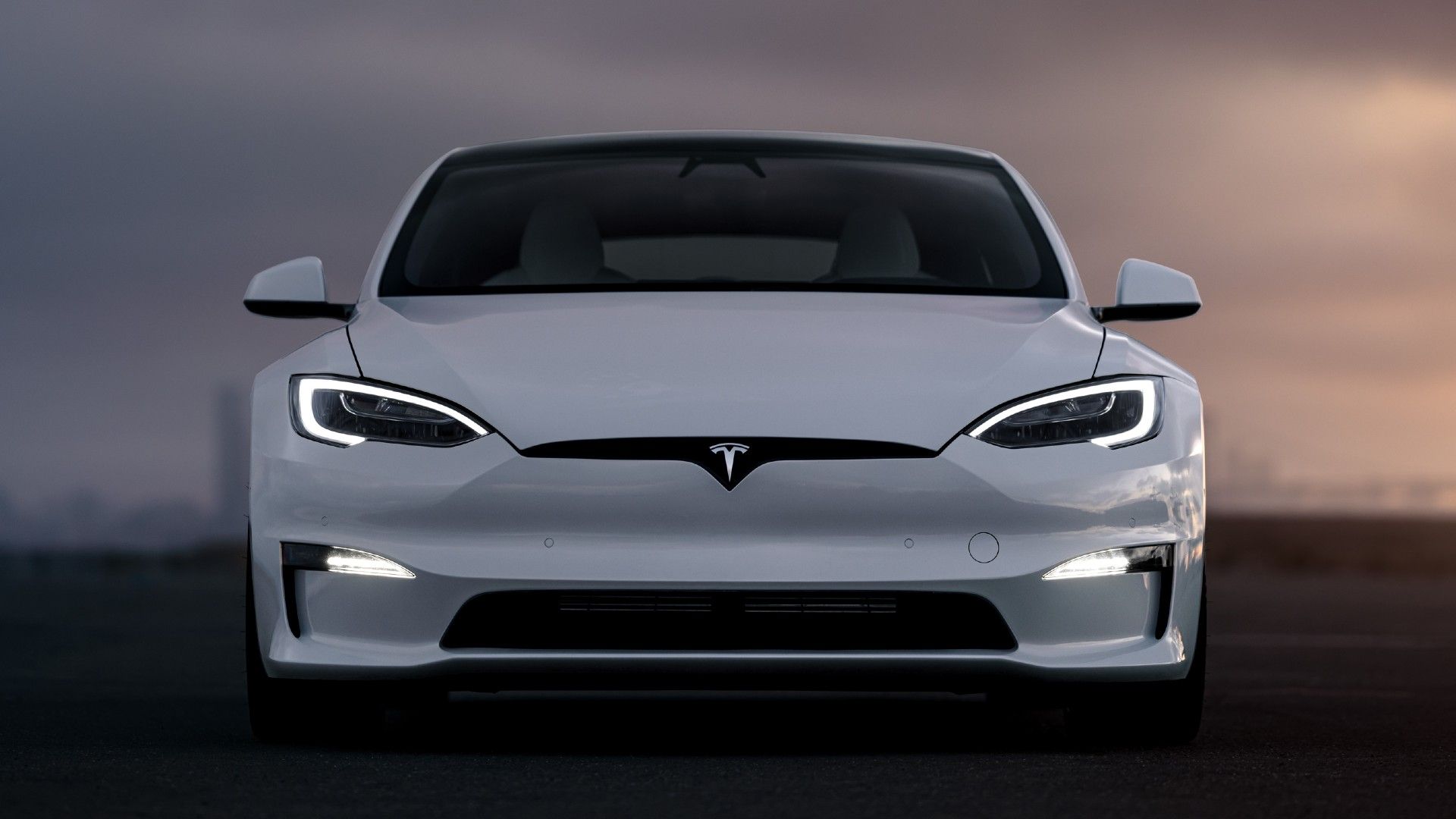
10 Technologies In EVs And The Vehicles That Pioneered Each Of Them
A more sustainable and technology-driven future can be assured with electric vehicles.
What EVs Does Honda Make Now?
At this moment, Honda only sells one all-electric EV in North America, the Honda Prologue. However, it has plans to launch multiple EVs worldwide over the coming years. This includes a possible plan for an electrified Honda Civic Type R. Internationally, Honda used to produce the Honda e throughout Europe and Japan but has recently decided to stop selling the pint-sized EV.
Goals For Clean, Quiet, And Advanced EVs
In 2017, Honda created a new division dedicated to solely focusing on creating fully electric vehicles. The goal Honda set for its EVs was ambitious: to manufacture an environmentally friendly driving experience. This means developing EVs that are efficient and powerful and offer the comforts that potential customers expect from a premium brand. Honda’s executives believe that battery EVs and fuel-cell cars will account for 15-percent of the company’s electrified cars.
